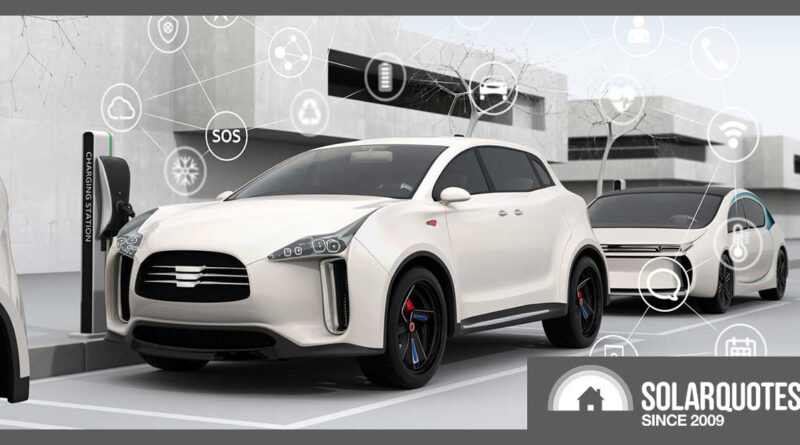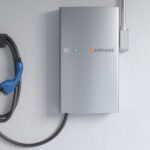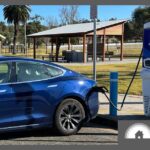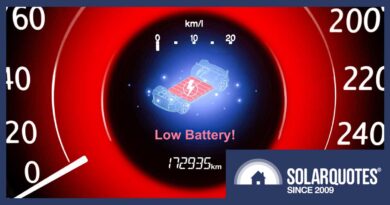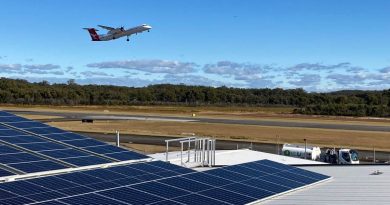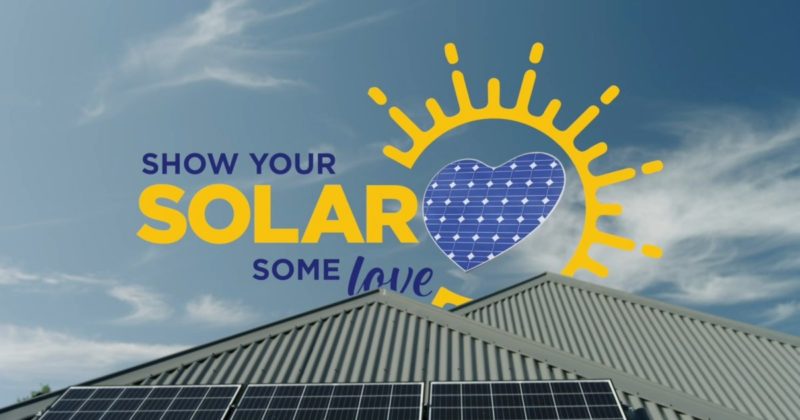Auto Giants Back V2G Via Smart Cars & Dumb Chargers
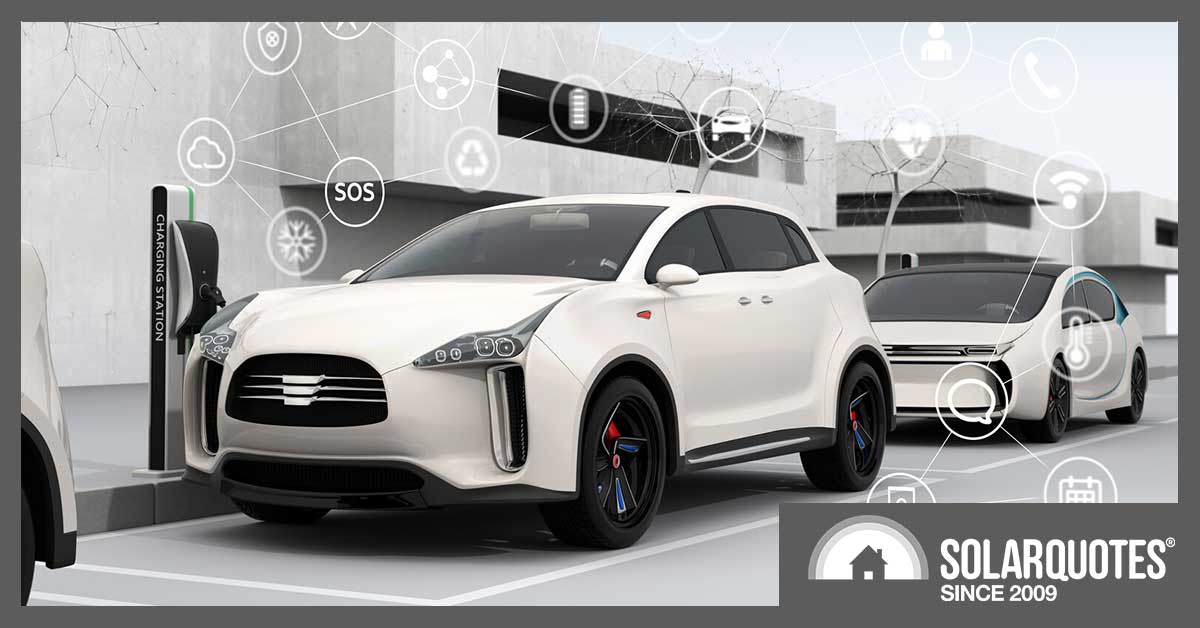
Three heavyweights of the automotive industry – Honda, Ford and BMW – say they want to address one of the barriers to Vehicle-to-Grid (V2G) technology: a lack of technical standardisation. But rather than coordinate V2G via smart wall chargers, they want their cars to take control.
In a September 12 announcement, the three car-makers announced a new company called ChargeScape, which they say will:
“create a single, cost-effective platform connecting electric utilities, automakers and interested electric vehicle customers.”
ChargeScape’s primary work will be to expand what’s called the Open Vehicle-Grid Integration Platform (OVGIP).
What’s OVGIP All About?
In simple terms, OVGIP is designed to be the middleman between your electric vehicle, the electricity grid and the carmakers in a world where your car takes electricity from the grid and gives back when the grid needs it.
How Does It Work?
ChargeScape plans to roll out a single platform that connects electric utilities, automakers like BMW, Ford and Honda, and EV owners. Instead of each car brand having its own separate deal with each utility company, this platform will be a one-stop-shop for energy management.
What About the Grid?
More electric vehicles means more demand on distribution and transmission networks. ChargeScape will help even out the spikes in electricity demand by smartly managing when EVs charge up or give back energy. This isn’t just good for the grid; it’s also a way to make better use of renewable energy.
Does OVGIP Need Smart Chargers?
You don’t need a fancy Wi-Fi-enabled charging station at home. ChargeScape aims to work with the car’s telematics. So you’ll have smart cars controlling the charging with dumb wall chargers simply following the cars’ instructions.
So, What’s Next?
The company is still in the making, pending some approvals, and wants more carmakers to join this initiative.
For utilities and manufacturers, OVGIP would eliminate the need for integration work between each auto brand and each electric utility, while making it easier for utilities to create services for customers:
- cheap charging at grid-friendly times, and
- export EV battery energy to the grid at times of peak demand.
What do you think? Should the coordination be controlled by the cars via OVGIP, or should wall chargers be responsible for control via a protocol such as OCPP?
Original Source: https://www.solarquotes.com.au/blog/ovgip-v2g-standard/

